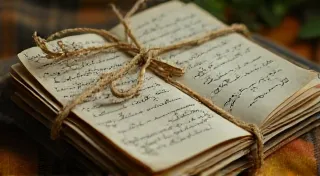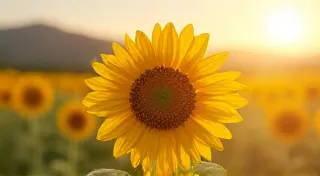Beyond Moroccans: Exploring Diverse Leather Types for Bookbinding
There’s a peculiar magic in holding something truly old. Not just old in the sense of years, but old in the sense of enduring purpose, of countless hands having interacted with it, and of stories silently etched into its very substance. I remember, as a child, discovering my grandfather’s collection of antique accordions. Each one was a marvel – burnished wood, intricate carvings, and, most captivatingly, the leather bellows. The leather wasn't pristine; it was marked, cracked, and subtly fragrant with the scent of time and music. It whispered of jazz clubs, of travel, and of a life fully lived. That feeling – that tactile connection to history – is what draws me to leather bookbinding. And increasingly, it’s inspiring me to look beyond the traditionally favored Moroccan to explore the subtle and often overlooked varieties that add depth and character to a finished book.
For many, “leather bookbinding” immediately conjures images of opulent Moroccan binding – a beautiful, intricate style that utilizes goatskin, often dyed and tooled to a breathtaking degree. And rightfully so; it represents a pinnacle of leatherworking artistry. But limiting oneself to only Moroccan leather is like appreciating a symphony and dismissing all instruments but the violin. There’s a whole orchestra of leathers waiting to be discovered, each bringing its unique timbre and texture to the bookbinding process.
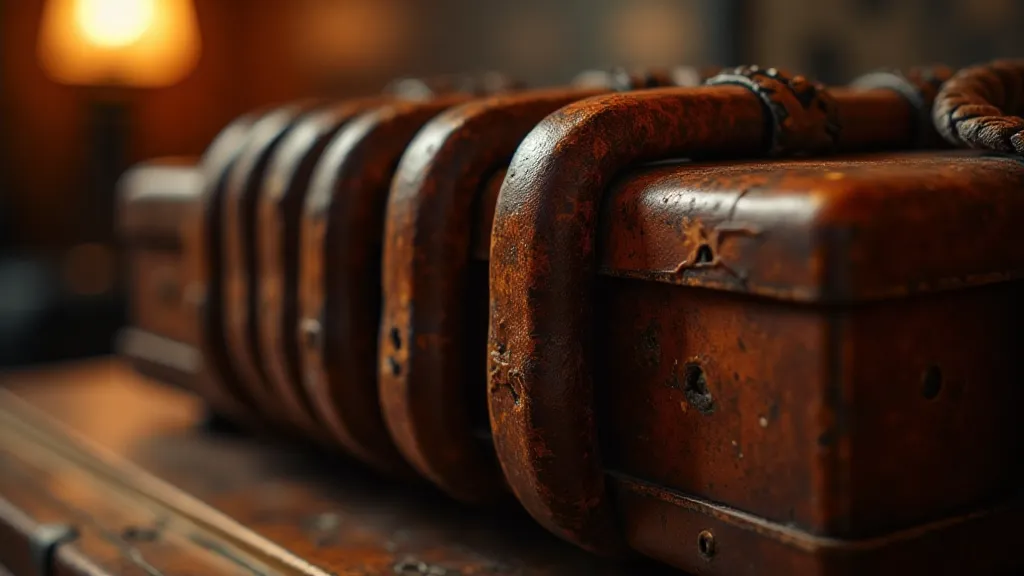
Understanding Leather Characteristics
Before delving into specific leather types, it's crucial to understand the underlying characteristics that influence their suitability for bookbinding. Grain, thickness, suppleness, and dyeability are key factors. The grain is the network of collagen fibers – the stronger and tighter the grain, the more durable the leather. Thickness impacts the spine's strength and the ability to emboss or tool. Suppleness affects the flexibility and longevity of the binding, while dyeability dictates the range of colors achievable. Different animals and parts of the animal yield vastly different qualities; what works beautifully for a journal cover might be wholly unsuitable for a delicate spine. The transformation of raw hide into these lasting materials is truly remarkable; the care and skill required is akin to alchemy, as discussed in "The Alchemist’s Touch: Transforming Raw Hide into Lasting Vessels for Words".
Exploring Alternatives: Beyond the Goat
Vegetable-Tanned Cowhide
Cowhide is the most common leather in the world, but not all cowhide is created equal. Vegetable-tanned cowhide, particularly heavier grades, offers a remarkable combination of strength and workability. It's significantly more robust than goatskin, lending itself well to bindings requiring exceptional durability, like family bibles or archival volumes. Its coarser grain provides a fantastic canvas for tooling and stamping, offering a more rustic and robust aesthetic compared to the finer grain of goatskin. The slower, more natural vegetable tanning process results in a leather that ages beautifully, developing a rich patina over time. While more rigid than goatskin, it can be softened with careful conditioning and flexing. The possibilities are endless when it comes to adding color and character as well; the "The Bookbinder’s Palette: Natural Dyes and Traditional Coloration Techniques" offers a look at how traditional methods achieve stunning results.
Pigskin: A Surprisingly Elegant Choice
Pigskin is often overlooked in fine bookbinding, but it possesses unique qualities that make it a compelling choice. The distinctive grain pattern—a network of tiny, interlocked pores—provides exceptional tear resistance and durability. It’s naturally smoother than many other leathers, resulting in a pleasing tactile experience. While not as pliable as goatskin initially, it softens considerably with use and develops a beautiful luster. It also exhibits excellent resistance to water and stains, a valuable characteristic for preserving the integrity of the binding. Its unusual texture and distinct grain make for a visually interesting and subtly sophisticated book.
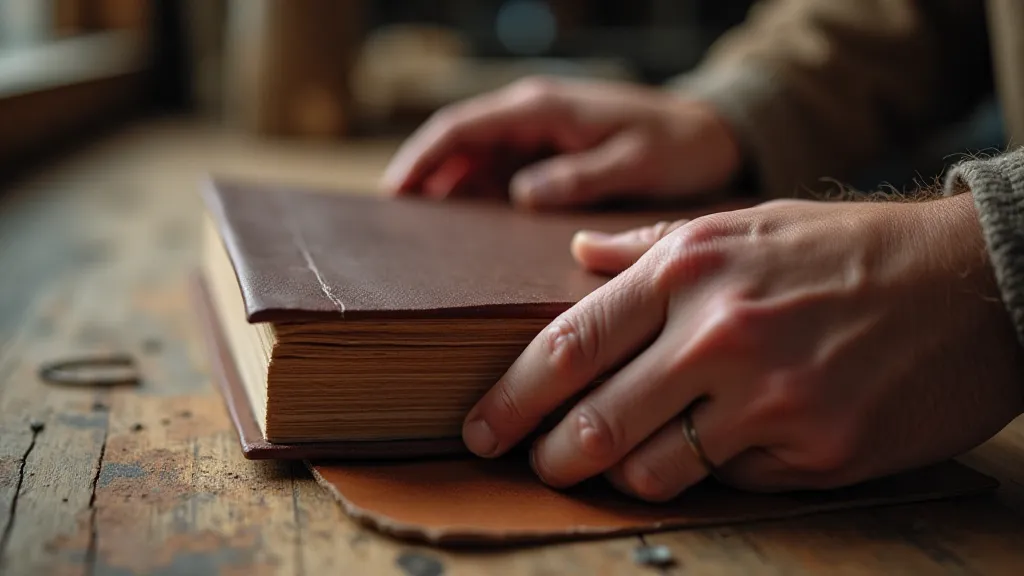
Doe Skin: The Gentle Embrace
Doe skin, sourced from deer, offers a softer, more delicate alternative to goatskin. It possesses a lovely, almost velvety texture and a subtle sheen. Its thinner gauge requires careful handling and a lighter touch during the binding process, but it results in a uniquely elegant and refined book. The fine grain provides a beautiful surface for subtle tooling and blind stamping, allowing the natural beauty of the leather to shine through. Its fragility necessitates a protective layer (like parchment paper, discussed below) to ensure longevity, but the result is a binding that feels exquisitely soft and luxurious to the touch.
Beret Leather (Sheepskin)
Beret leather, derived from sheep, is commonly used for hats, hence the name. It’s incredibly soft and supple, making it excellent for delicate bindings and particularly for linings. While it lacks the durability of heavier leathers, its luxurious feel and beautiful drape make it a desirable option for those seeking a softer, more tactile binding experience. It’s often combined with stronger leathers for the spine and boards, creating a visually and tactilely pleasing contrast. Mastering the techniques used to strengthen and reinforce corners is a key aspect of beautiful bookbinding, as showcased in "Adventures in Endbandwerk: Mastering Decorative Leather Corner Reinforcements". The intricacies of decorative corner reinforcements are something every bookbinder should study.
The Vital Role of Parchment Paper
Regardless of the leather type chosen, the strategic use of parchment paper is paramount to preserving the binding’s integrity. Parchment, unlike paper, is made from animal skin and possesses remarkable durability and flexibility. Lining the leather with parchment protects it from moisture and abrasion, prevents cracking and peeling, and acts as a barrier between the leather and the book block. This is particularly important for thinner or more delicate leathers like doe skin or beret leather, extending their lifespan significantly.
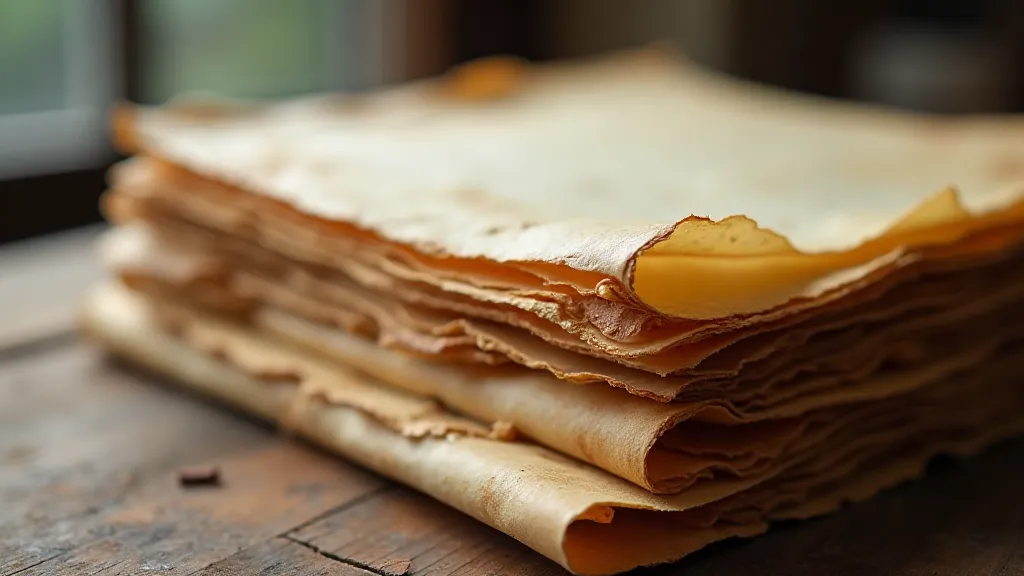
Historical Context and Restoration
Exploring diverse leather types isn’t just about aesthetics; it’s also about understanding historical binding practices. Many older bindings utilized locally sourced leathers, reflecting the available materials of the time. Identifying these leathers during restoration projects can provide valuable insights into the binder's choices and the historical context of the book’s creation. Knowing, for instance, that a family bible binding used locally tanned rabbit skin speaks volumes about the resourcefulness of its creator. Restoration goes beyond simply repairing physical damage; it's about preserving a piece of history. The careful selection of thread and stitch density are also crucial elements in recreating an authentic feel, as discussed in "The Language of Thread: Expressing Emotion Through Stitch Density and Color". A deep understanding of stitch density is essential for accurate restoration.
Beyond Traditional Bindings: Modern Explorations
While the techniques described above often hark back to traditional methods, modern bookbinders are finding innovative ways to incorporate diverse leathers. Consider the use of reclaimed leather – repurposing old jackets or upholstery to create unique and sustainable bindings. The texture and history embedded in these materials can add another layer of storytelling to the finished book. Experimentation with different finishes, such as embossing or laser cutting, can further enhance the visual impact of the leather.
Considerations for Sustainability
In today's world, environmental consciousness is paramount. Choosing sustainably sourced leather is a crucial aspect of responsible bookbinding. Look for leathers that are tanned using vegetable-based methods, which are less harmful to the environment than chrome tanning. Supporting local tanneries and utilizing reclaimed leather are also excellent ways to minimize your environmental impact.
Conclusion
Exploring the breadth of leather available for bookbinding reveals a world of possibility, far beyond the familiar Moroccan styles. By understanding the unique characteristics of each leather and employing time-honored techniques, we can create bindings that are not only beautiful but also enduring testaments to the artistry of bookbinding.




